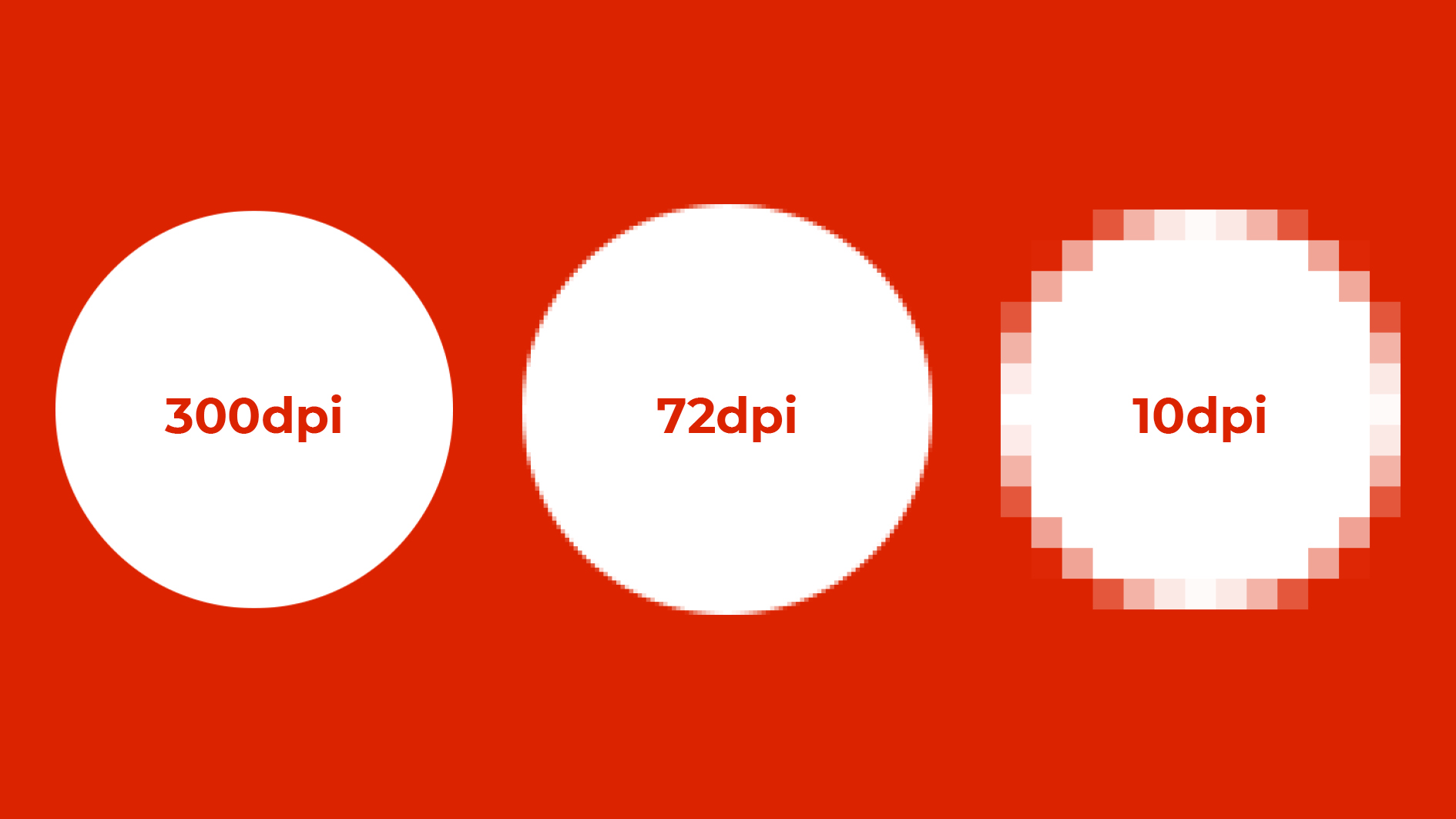How to Calculate Qualified Business Income (QBI) the Right Way
Overview: What QBI Is and Why It Matters
The qualified business income (QBI) deduction is a potential deduction of up to 20% of eligible business profit for owners of pass‑through entities such as sole proprietorships, partnerships, S corporations, and most LLCs taxed as pass‑throughs. It does not apply to C corporations or employees receiving wage income only [1] . QBI generally reflects the net amount of qualified items of income, gain, deduction, and loss from a qualified trade or business; it excludes items such as capital gains, dividends, certain interest, reasonable compensation to S‑corp owners, and guaranteed payments to partners [1] .

Source: walmart.com
Step 1: Confirm You Have Eligible Pass‑Through Income
First, determine whether your business is a pass‑through (sole proprietorship, partnership, S corporation, or LLC taxed as one). If your income is from a C corporation or you are an employee earning wages (not as a business owner), you are not eligible for the QBI deduction [1] . Next, identify your qualified trade or business and gather your net profit figures and adjustments that may affect QBI (for example, add‑backs or exclusions for capital gains and dividends). QBI excludes capital gains/losses, dividends, and certain interest income, among other items, so you should segregate those from your operating profit before proceeding [1] .
Step 2: Check Which IRS Form Applies (8995 vs. 8995‑A)
The IRS provides two computation paths: Form 8995 (simplified) and Form 8995‑A (complex computations). If your taxable income before the QBI deduction is at or below the IRS threshold for the year, you generally use Form 8995 (Simplified Computation). For tax year 2024, Form 8995 applies when taxable income before the QBI deduction is at or below $191,950 ($383,900 if married filing jointly). The form, instructions, and thresholds are published by the IRS and updated annually [2] . If you exceed the applicable threshold, you typically must use Form 8995‑A because wage and property limits and possible specified service trade or business (SSTB) phase‑outs can apply [2] .
Step 3: Compute Your Preliminary 20% QBI Amount
Calculate your qualified business income by starting with your net profit and removing excluded items (for example, capital gains, dividends, and certain interest). Then compute 20% of that QBI. For taxpayers at or below the threshold using Form 8995, your deduction is generally the lesser of: 20% of QBI or 20% of taxable income (before the QBI deduction) minus net capital gains and qualified dividends. This “lesser‑of” rule caps the deduction and is a core element of the calculation [3] . In practice, this means that even if your QBI is large, you cannot deduct more than 20% of your taxable income after removing net capital gains and qualified dividends [3] .
Step 4: If Over the Income Threshold, Apply Wage and Property Limits
When taxable income exceeds the applicable threshold, the deduction can be limited by W‑2 wages paid and by the unadjusted basis immediately after acquisition (UBIA) of qualified property. In that case, the tentative deduction becomes the lesser of 20% of QBI or the greater of: 50% of W‑2 wages, or 25% of W‑2 wages plus 2.5% of the UBIA of qualified property. After applying that limit, the result is still capped by 20% of taxable income (before QBI) minus net capital gains and qualified dividends. These constraints are part of the statute’s design to tie larger deductions to payroll and investment in qualified property [4] .
Step 5: Determine Whether You Are an SSTB and Consider Phase‑outs
Specified service trades or businesses (SSTBs) include certain professions such as health, law, accounting, consulting, and others. For SSTBs, once taxable income rises above the IRS threshold, the QBI deduction phases down and can be eliminated entirely above the upper range. For 2024, the phase‑in ranges published by professional guidance indicate thresholds between $383,900 and $483,900 for joint filers, and between $191,951 and $241,950 for other filers; within those ranges, SSTBs may receive a reduced deduction, while above the upper range, SSTBs may receive none. These income ranges guide whether you receive the full 20%, a partial deduction, or no deduction, and align with the need to use Form 8995‑A over the threshold [4] . If you are uncertain whether your business is an SSTB, consider consulting a tax professional to interpret the definitions and attribution rules, as classification impacts the calculation materially [4] .
Worked Example A: Below the Threshold (Simplified)
Assume a sole proprietor has $120,000 of net profit from a qualified trade, no excluded items, and total taxable income of $150,000 before the QBI deduction. Compute 20% of QBI: $24,000. Compute 20% of taxable income: $30,000. The QBI deduction is the lesser of the two, so $24,000. Because the taxpayer is under the threshold for Form 8995 use, wage/property limits do not apply, and the deduction is straightforward. This mirrors common simplified scenarios explained in practitioner guides [3] and follows the structure of Form 8995 [2] .
Worked Example B: Above the Threshold (Wages/Property Limit Applies)
Consider an S‑corporation shareholder with $500,000 taxable income before QBI, $300,000 in QBI, $200,000 in W‑2 wages paid by the business, and $2,000,000 UBIA of qualified property. First compute 20% of QBI: $60,000. Next compute the W‑2/UBIA limitation: 50% of wages is $100,000; 25% of wages plus 2.5% of UBIA is $50,000 + $50,000 = $100,000. The greater of these is $100,000. The tentative deduction is the lesser of $60,000 and $100,000, which is $60,000. Then apply the overall cap: 20% of taxable income (after removing any net capital gains/qualified dividends). If that cap equals or exceeds $60,000, the final QBI deduction is $60,000. This structure reflects the wage/property tests noted in authoritative summaries [4] .
Implementation Checklist
Use this checklist to avoid common mistakes and streamline filing:
- Identify entity type and confirm pass‑through status; exclude C‑corp income and employee wages from QBI eligibility [1] .
- Segregate excluded items such as capital gains, dividends, and certain interest before computing QBI [1] .
- Determine whether you qualify to use Form 8995 (check your taxable income against the IRS threshold for the year) and obtain the IRS form [2] .
- If over the threshold, gather W‑2 wage totals and UBIA of qualified property to apply the wage/property limit using Form 8995‑A concepts [4] .
- Apply the overall cap: the deduction cannot exceed 20% of taxable income (before QBI) minus net capital gains and qualified dividends [3] .
Handling Multiple Businesses and Losses
If you operate multiple qualified trades or businesses, you may need to compute QBI for each and then combine results according to IRS rules. Net losses from one business can offset QBI from others, potentially reducing the deduction in the current year and creating carryforwards, depending on your situation. While specifics vary, the simplified form (when eligible) guides you to list each business and aggregate totals, then apply the 20% and taxable‑income caps accordingly [2] . Tax software and professional guidance can help ensure proper aggregation or separation under the regulations, especially above thresholds where wage/property and SSTB rules complicate allocations [4] .

Source: uscalculator.com
Common Pitfalls and How to Avoid Them
Several recurring errors reduce or disallow the deduction:
- Including excluded items (capital gains, dividends, certain interest) in QBI. Always remove them before computing the 20% figure [1] .
- Forgetting the overall cap tied to taxable income minus net capital gains and qualified dividends, which can limit an otherwise higher QBI‑based amount [3] .
- Using Form 8995 when over the threshold or ignoring wage/property limitations and SSTB phase‑outs when required to use the more complex computation [2] [4] .
Action Steps If You’re Filing Soon
For a streamlined filing process, you can:
- Gather your year‑end financials and identify QBI by excluding capital gains, dividends, and certain interest income first [1] .
- Check your taxable income level to decide whether Form 8995 (simplified) applies and download the current‑year form directly from the IRS [2] .
- If you exceed the threshold, assemble W‑2 wage data and UBIA of qualified property, and determine whether your business is an SSTB to understand possible phase‑out effects [4] .
- Apply the lesser‑of tests and the taxable‑income cap, and document your computations for your records and potential inquiries [3] .
Alternatives and Planning Considerations
Tax outcomes may improve through planning rather than only year‑end calculation. For example, some businesses may consider timing income and deductions to remain under threshold levels, evaluating reasonable compensation for S‑corp owners, or assessing capital investment that affects the wage/property limitation. While individual facts drive results, understanding whether you are near a threshold can shape decisions on bonus timing, retirement plan contributions, or charitable deductions that could lower taxable income and preserve more of the QBI deduction. Because rules are nuanced and vary by year, you may consult a qualified tax professional and use the IRS forms and instructions for authoritative guidance [2] [4] .
References
[2] IRS (2024). Form 8995: Qualified Business Income Deduction – Simplified Computation.
[3] Paro (2024). How to Calculate Your Qualified Business Income Deduction.



